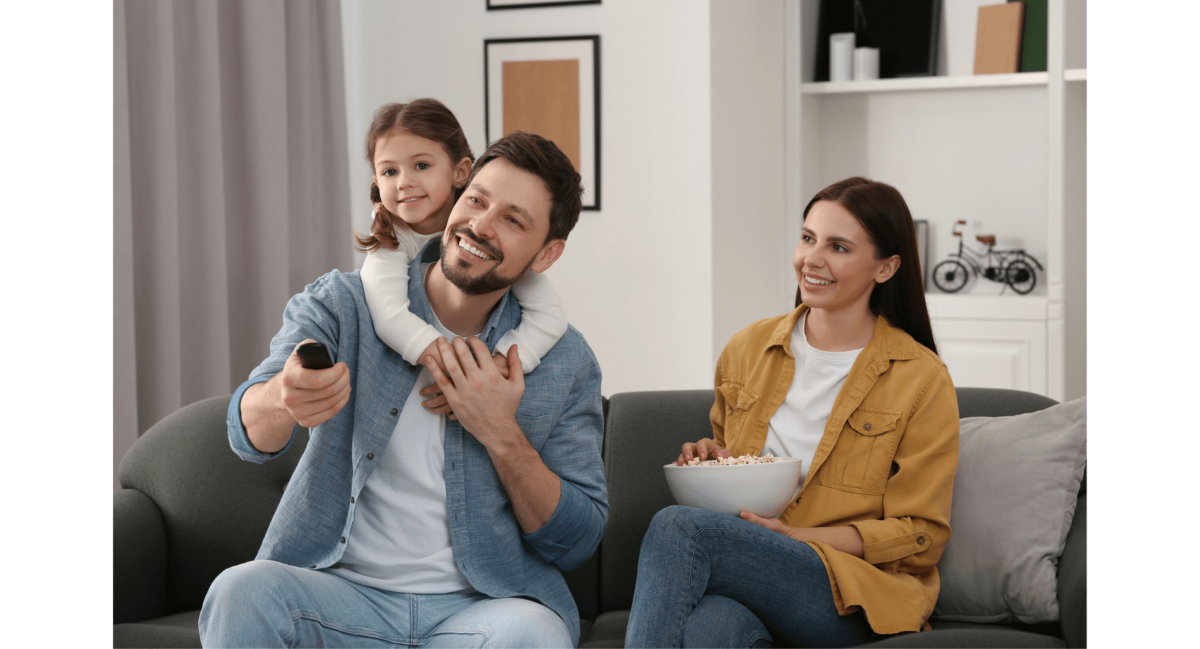
Enhancing Everyday Life: A Comprehensive Guide to Assistive Listening Devices
Living with hearing loss can present challenges in various aspects of daily life, from engaging in conversations to enjoying entertainment and navigating public spaces. Fortunately, assistive listening devices (ALDs) are valuable tools designed to improve accessibility and communication for individuals with hearing impairment. In this comprehensive guide, we’ll explore the diverse world of assistive listening devices, their types, applications, and how they contribute to enhancing the overall quality of life.
Understanding Assistive Listening Devices
Assistive listening devices are specialized tools designed to amplify and clarify sounds, making them more accessible for individuals with hearing loss. These devices work by capturing, processing, and delivering audio directly to the user, reducing the impact of background noise and distance.
Types of Assistive Listening Devices
Here are some of the most common types of ALDs:
Hearing Loops
Hearing loops, also known as induction loops, are systems that use electromagnetic fields to transmit sound directly to hearing aids or cochlear implants equipped with telecoils. These systems are commonly found in public spaces like theaters, auditoriums, and churches, providing users with a direct and clear audio signal.
FM Systems
FM systems use radio frequencies to transmit audio signals from a microphone worn by the speaker directly to a receiver worn by the listener. These systems are popular in educational settings, allowing students to hear their teachers more clearly and overcome background noise and distance challenges.
Infrared Systems
Infrared assistive listening systems use infrared light to transmit audio signals to receivers worn by individuals with hearing loss. These systems are commonly used in places where radio frequency interference might be an issue, such as courtrooms and theaters.
Bluetooth and Wireless Devices
Bluetooth-enabled and wireless assistive listening devices are more popular than ever before. These devices connect directly to smartphones, tablets, or other audio sources, transmitting sound directly to the user’s hearing aids or headphones. They are versatile and can be used in various settings, including at home, work, or while enjoying entertainment.
Personal Amplifiers
Personal amplifiers are portable devices that capture and amplify sounds in the immediate vicinity. They are particularly useful in one-on-one conversations or small group settings. Users can place the amplifier close to the source of sound, reducing the impact of background noise.
TV Listening Systems
TV listening systems enhance the television-watching experience for individuals with hearing loss. These systems typically consist of a transmitter connected to the TV and a receiver worn by the user. They provide a direct audio feed to the listener, allowing them to set their preferred volume without affecting others in the room.
Applications of Assistive Listening Devices
Enhancing Communication in Public Spaces
ALDs play a crucial role in making public spaces more inclusive. Whether attending a lecture, enjoying a live performance, or participating in religious services, individuals with hearing loss can benefit from the direct audio transmission provided by these devices.
Improving Learning Environments
In educational settings, assistive listening devices contribute to creating an optimal learning environment for students with hearing loss. FM systems, personal amplifiers, and hearing loops ensure that students can effectively hear and engage in classroom discussions.
Facilitating Workplace Communication
In the workplace, ALDs can improve communication between colleagues, especially in meetings or group settings. Personal amplifiers or Bluetooth-enabled devices allow individuals with hearing loss to actively participate in discussions and remain fully engaged in professional activities.
Enabling Access to Entertainment
TV listening systems and Bluetooth devices offer a personalized audio experience, allowing individuals with hearing loss to enjoy movies, music, and other forms of entertainment without missing out on the details.
Supporting Social Interactions
Assistive listening devices play a crucial role in fostering social connections. Whether at family gatherings or having casual conversations with friends, these devices ensure that individuals with hearing loss can actively participate and feel more connected to their social circles.
Choosing the Right Assistive Listening Device
Assistive listening devices have revolutionized the way individuals with hearing loss interact with the world around them. From enhancing communication in public spaces to improving learning environments and facilitating workplace interactions, these devices contribute significantly to fostering inclusivity and accessibility.
Selecting the most suitable ALD depends on individual preferences, the severity of hearing loss, and your specific hearing needs. We’re here to help you find the most appropriate device for each situation.
